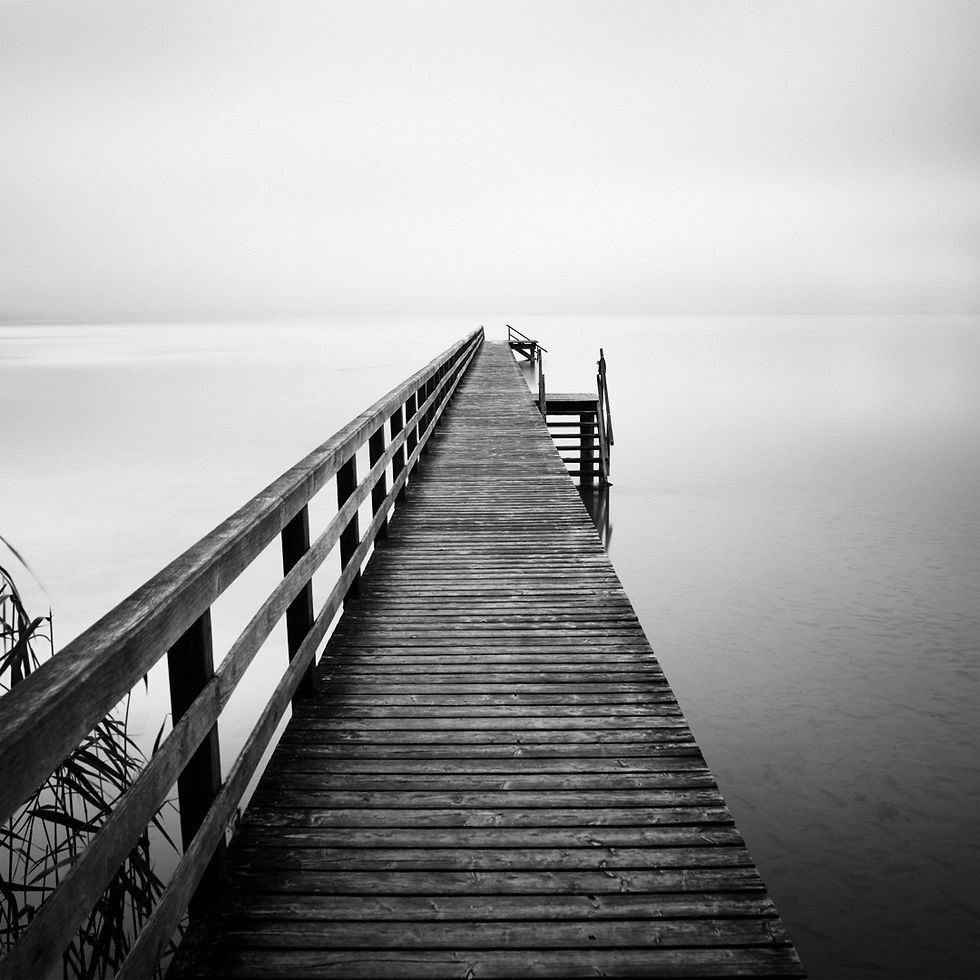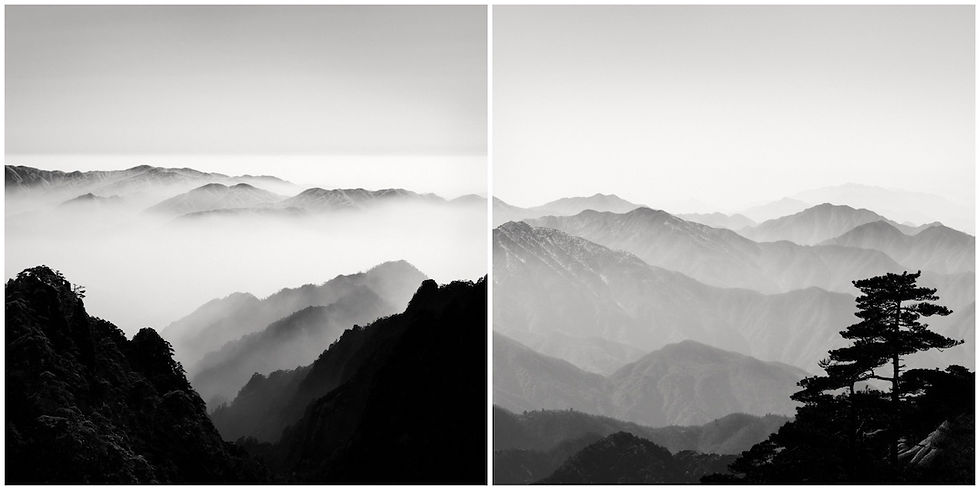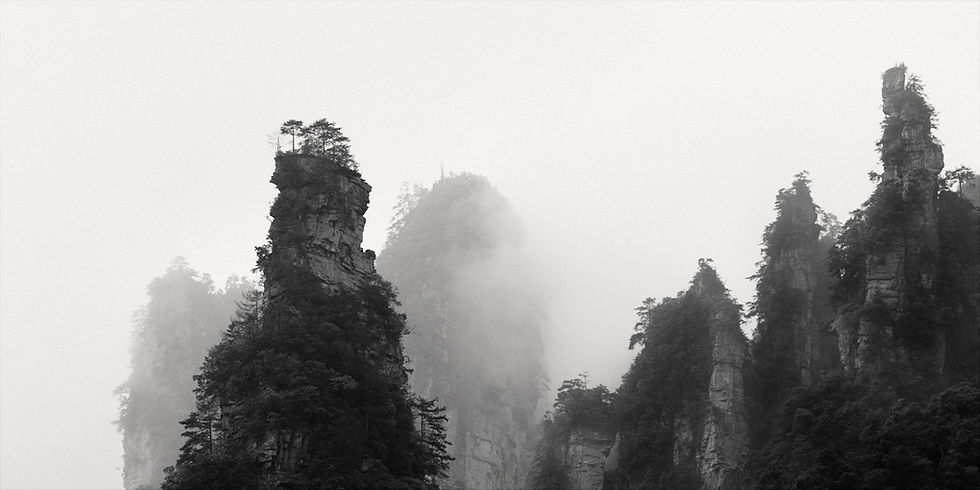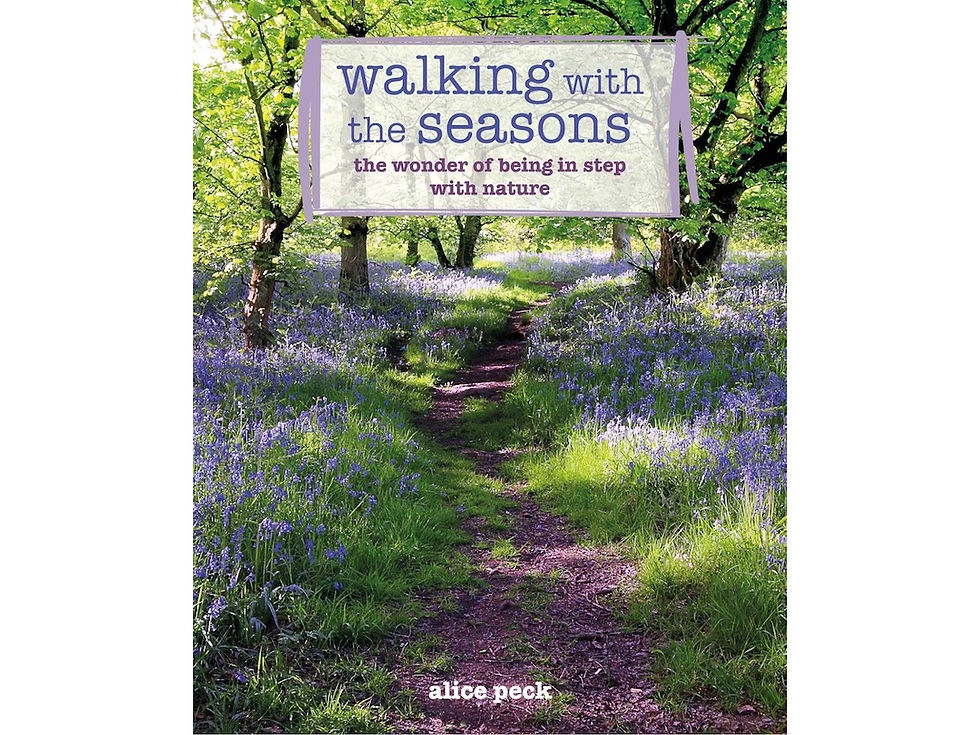Walking: Active Meditation and Tool of Inspiration in Photography
- Olivier

- Jan 10, 2021
- 5 min read
Updated: Dec 21, 2025
Since antiquity, walking has been considered an exercise that promotes reflection, concentration, and spiritual awakening. From philosophers like Socrates and Thoreau to modern artists, many have found walking to be a source of inspiration and mental well-being.

In this article, I wish to revisit the main reasons why walking has always been a form of active meditation that is particularly beneficial for my photography.
I have touched on this subject in other articles, but physical activity has always been of utmost importance to me and holds a significant place in my daily life. After having practiced numerous sports disciplines, I have come to the conclusion that sport walking (outdoors), at an average of 100 km per week, suits me better than any other physical activity.
It triggers liberating psychological mechanisms that instantly transform my thoughts by channeling them. Each training session becomes a moment of deep reflection that I call "active meditation" on the landscapes I pass through or observe. Added to this are the changing weather conditions throughout the seasons, sometimes challenging such as heat, cold, rain, snow, or wind, which also have the ability to make me react differently to these landscapes.
Walking therefore allows me to maintain a physical and mental balance conducive to creativity and inspiration. Additionally, I have conducted extensive research on this topic over the past 15 years to better understand how the mechanism of walking influences physical and mental health. Below, I briefly summarize these aspects, based on scientific studies and empirical data, across four fundamental criteria.
1. Current State of Research
Several neuroscientific studies conducted in the last 10 years have shown that walking has a direct impact on the brain. A study published in "The Journal of Neuroscience" in 2014 explains that aerobic exercise, such as walking, increases the size of the hippocampus, a region of the brain related to memory and creativity. Furthermore, a meta-analysis published in 2019 in the "British Journal of Sports Medicine" confirmed that regular physical activity can notably improve executive functions, including attention and problem-solving.
2. Walking and Awareness
Walking also facilitates greater self-awareness and environmental awareness, which is crucial in photography. According to Jon Kabat-Zinn, founder of the Mindfulness-Based Stress Reduction (MBSR) method, active meditation enhances the ability to focus on the present moment. This focus can be particularly useful for a photographer, as it allows for a more refined observation of details, shadows, and colors, even though the latter may be less relevant in the field of black and white photography.
Walking serves as a powerful tool in landscape photography, grounding the photographer in the present and fostering a deep connection with their environment. This intentional movement encourages a mindful observation of the natural world, revealing patterns, light, and compositions that might otherwise go unnoticed.
It allows photographers to align their internal state with the external landscape, leading to images that not only capture the beauty of the scene but also convey the emotional and spiritual resonance felt at the moment. By enhancing self-awareness, walking cultivates a unique vision and voice in the photographer’s work, making their images more personal and impactful.

3. Inspiration Through Observation
In a profession like photography where observation is key, walking offers an unparalleled opportunity to see the world from different angles. A slow pace allows the photographer to take the time to notice aspects of the landscape or urban environment that might otherwise be overlooked. The act of walking itself can become a sort of preparatory ritual, facilitating the transition from the everyday mindset to the one required for deep artistic creation.
Walking alone catalyzes inspiration through observation by immersing the individual in their surroundings without external distractions. This solitude enhances sensory perception, allowing one to notice subtleties and nuances in the environment that might otherwise be overlooked. As the mind wanders freely, unencumbered by conversation or the influence of others, it can make unique connections and generate original ideas.
The act of walking stimulates the brain, encouraging creative thinking and problem-solving. This blend of physical movement, heightened awareness, and solitude creates an ideal condition for the birth of inspiration, enabling the observer to see the world through a lens of renewed curiosity and wonder.
4. Silence and Isolation
Walking also provides a form of isolation that is often necessary for creativity. In a 2013 study published in "Psychological Science," researchers found that participants who were isolated were better at solving creative problems than those in groups. The silence and isolation afforded by solitary walking can be valuable tools for a photographer looking to immerse themselves in a state of deep reflection.
Isolation and silence are vital for creativity in photography as they offer a sanctuary away from the noise and distractions of daily life. In solitude, photographers can delve deeper into their thoughts and emotions, tapping into unique perspectives and ideas that might go unnoticed in a chaotic environment.
Silence, in its essence, acts as a blank canvas, allowing the mind to visualize and conceptualize images in a more profound and introspective manner. This environment fosters a heightened sense of awareness and connection to the subject, leading to more meaningful and impactful photographic works that resonate on a personal level.

The Final Word
The potential of walking to revitalize the mind and inspire creativity is backed by a multitude of scientific data. Its impact on the hippocampus and executive functions, its role in promoting mindfulness, and its provision of a unique perspective on the world make it an indispensable tool for any photographer seeking inspiration. Whether for better observing the elements of a landscape or for finding a quiet moment for reflection, walking proves to be an extremely beneficial form of active meditation.
Walking, as an elemental journey, bridges the chasm between the individual and the vast, undulating arms of nature. It is more than mere movement through space. It's an invocation of a deeper, almost primordial connection to the world around us.
This act of moving forward mirrors the intrinsic rhythm of life itself, fostering an environment ripe for inspiration to flourish. In each step lies the potential for new perspectives, a fresh breath of ideas born from the quiet harmony with the natural world.
Through walking, we find a unique confluence of mind, body, and spirit with the earth, a union that not only inspires but also transforms, leading us to the profound realization that we are, indeed, a part of something much greater than ourselves.










